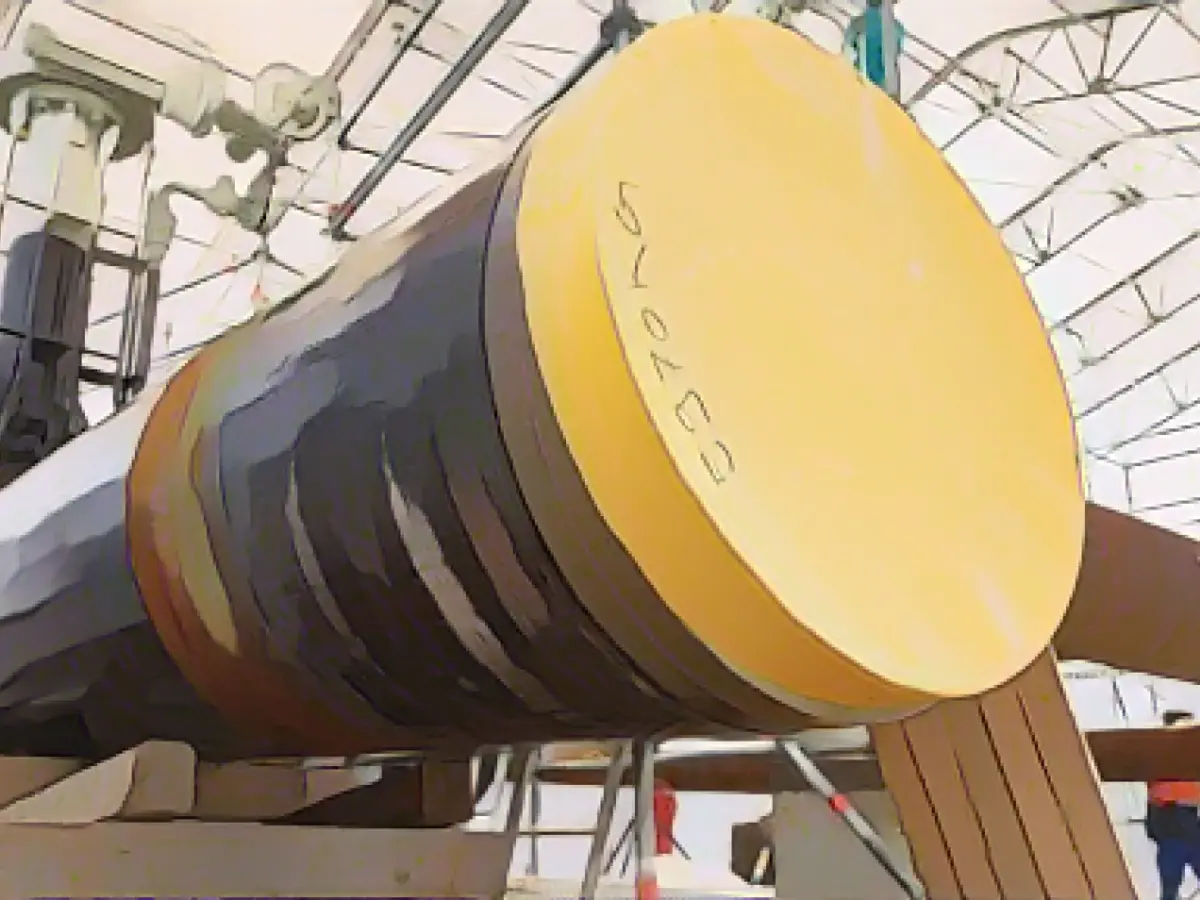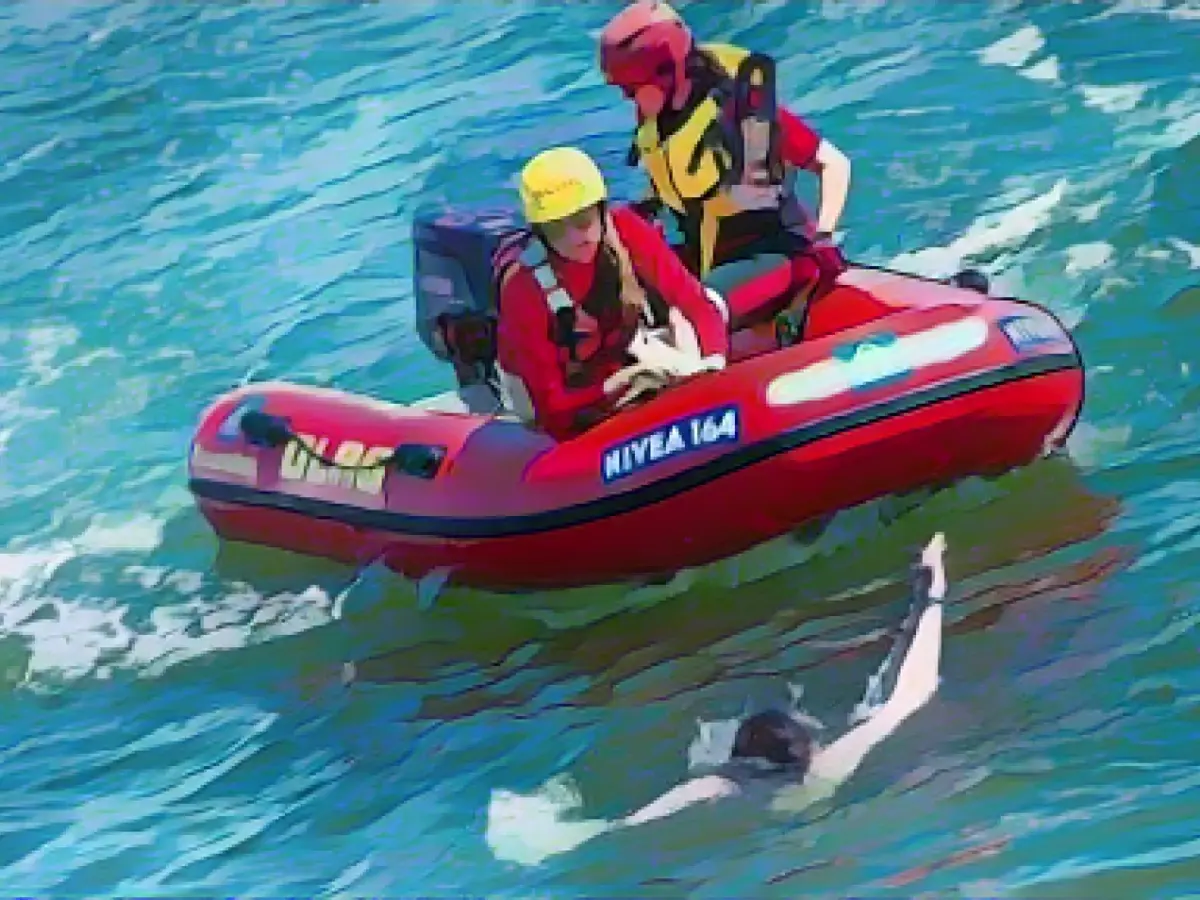LNG Terminal in Mukran's Winter Launch Remains Promise
Discussions about the upcoming wintry debut of the liquefied natural gas (LNG) terminal constructed on Rügen's shore continue, with Deutsche Regas sticking to their word. The spokesperson assured the German Press Agency that the project is proceeding as planned. As a result, they anticipate the arrival of the first of two scheduled terminal ships at Mukran within the first couple of weeks next year.
Currently, there are no hindrances to this timeline in sight, with neither the construction of the port facilities nor the connection pipeline through the Baltic Sea causing any delays as of now.
Gascade, the gas network operator, is working diligently to complete the approximate 50-kilometer connection from Mukran to the mainland as swiftly as possible. "The task at hand is formidable," admitted a Gascade spokesperson. Construction has largely progressed on the pipeline, with the strip from Mukran's landing point already underway. Concurrently, substantial advancements are being made on the land-based station, which is home to large spherical shut-off valves and other equipment.
Weather conditions, however, have an impact on the underwater connection of pipe sections in the Baltic Sea. Initially, Gascade intended to complete this phase mechanically this year. Given the tight timeline, accomplishing this task may prove challenging.
The "Transgas Power," a distinguished floating storage and regasification unit (FSRU), is slated to dock at Mukran following its current journey off the US coast as an LNG tanker. Once docked, the "Transgas Power" will convert the liquefied natural gas delivered by ship back into gas and feed it into the grid.
Meanwhile, the "Neptune," a second FSRU set for Mukran, is currently operational at Lubmin since the beginning of 2023. The "Neptune" is expected to stay in Lubmin until the end of the current heating period prior to undergoing maintenance and refitting in a shipyard, followed by its new stationing in Mukran during the summer. Here, the whims of the weather will also play a decisive role, as with all other aforementioned projects.
To date, the "Neptune" has not been capable of receiving LNG directly from large tankers. Instead, the LNG is transferred to smaller tankers, which navigate through the relatively shallow Greifswald Bodden to deliver the gas to Mukran. By eliminating this shuttle traffic and stationing two FSRUs in Mukran, a greater volume of LNG can be brought to Western Pomerania than previously.
However, the Mukran terminal's operation still requires a permit under immission control law. The permit approval process is currently still underway.
The push for the development of German LNG import infrastructure in light of Russia's war of aggression in Ukraine has led to the construction of several LNG terminals. These terminals have thus far only contributed a fraction to Germany's total gas imports, with Lubmin being the terminal with the lowest feed-in among those currently operational.
Critics argue that the Mukran terminal poses a threat to the environment and tourism, while proponents contend that it is essential for energy supply security.
Additional Details
Currently, the operation timeline for the LNG terminal in Mukran looks as follows:
- Mukran LNG Terminal: The terminal is expected to commence operations in 2027[1].
- FSRUs: The FSRUs Energos Power and Neptune are already operational, with Energos Power remaining operational until 2027, before the onshore terminal begins operations. Meanwhile, another FSRU, Energos Force, is expected to be operational until 2027[1].
- First FSRU (Energos Power): This FSRU is planned to remain operational until 2027[1].
- Second FSRU (Neptune): The FSRU Neptune is operational as we speak[1].
The onshore terminal will be built by Tecnicas Reunidas at a cost of approximately 1 billion euros and is set to begin operations in 2027[1].
Source:
[1] Enrichment Data. [2] Base Article.








